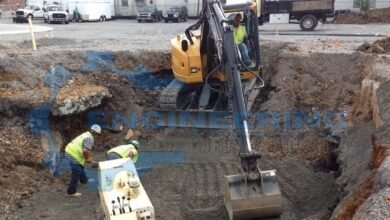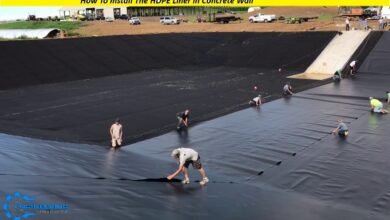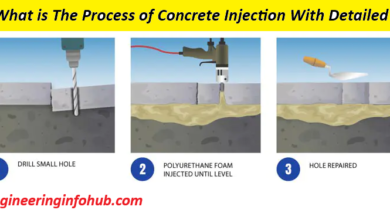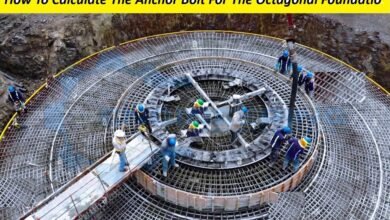Calculate The Cutting Length of Chairs Bar

Calculate The Cutting Length of The Chairs Ba
Today in this article I will find the Calculate The Cutting Length of Chairs Bar | Parts Of Chair Bar | Why Provide The Chair Bar.
Why provide the Chair Bar?
Some basic purposes for using chair bar in footing and slab.
The main purpose of the chair bar is to manage the gap between the top main and bottom main bar.
This is to Provide vertical support between the top bar and the bottom bar.
The chair bar is used in the Tension Zone.
The minimum diameter of the Chair Bar is not less the 12mm.
The Chair Bar is Provided for the Reduction of Bends on the top bar and bottom bar.
Parts Of Chair Bar
The chair bar has the parts
Head of the Chair Bar
Height of the Chair Bar
Leg of the Chair Bar
1-Head of the Chair Bar
This is the top portion of the chair bar is called the head of the chair bar. which is come below the top of the main bar. the total length of the head is 2×spacing+2×50. the constant value of 50.
2-Height of the Chair Bar
The vertical portion of the chair bar is called the height of the chair bar. this is mane parts is important to calculation.
Height of chair bar= total depth-bottom and top C.C-Top main and distribution bar-bottom main bar
3-Leg of the Chair Bar
The bottom part of the chair bar is called the leg of the chair bar. This portion is coming at the top of the bottom main bar. the total length of the leg is 2×spacing +50.the constant value of 50.
Now

Calculate The Cutting Length of the Chairs Bar
Given Data
Dia of Distribution Bar=16mm
Dia of Main Bar=16mm
Spacing =150mm
Dia of Chair Bar=12mm
Concrete Cover =50mm
Solution
Learn More
What are The Estimation and Costing
Length of The Head of The Chair
Head of the chair= 2×spacing+2×50
Head of the chair=2×150+100=400mm
Length of The Leg of The Chair
Leg Of The Chair=2×spacing+50
Leg Of The Chair=2×150+50=350mm
The total length of the Chair=350×2=700mm
Length of The Height of The Chair
Height of The Chair =total depth-bottom and top C.C-Top main and distribution bar-bottom main bar
Height of The Chair =1200-50-50-2(16)-16
Height of The Chair =1200-100-32-16=1052mm
Total Height of The chair =1052×2=2104mm
Now
Cutting Length of Chair Bar
Total cutting Length Of Chair Bar=2×leg+2×height+head-4×90ºbends(2d)
Total cutting Length Of Chair Bar=2×350+2×2104+400-4×(2×12)
Total cutting Length Of Chair Bar=700+4208+400-96=5212mm=5.212m
Learn More
How To Find The Derivation Of 0.42D bent Up Bar
How To Estimate The Concrete Volume Of Staircase
Thanks for Reading Article Get more Information and share it with others.
JOIN US & LIKE MY OFFICIAL FACEBOOK PAGE
THANKS








2 Comments